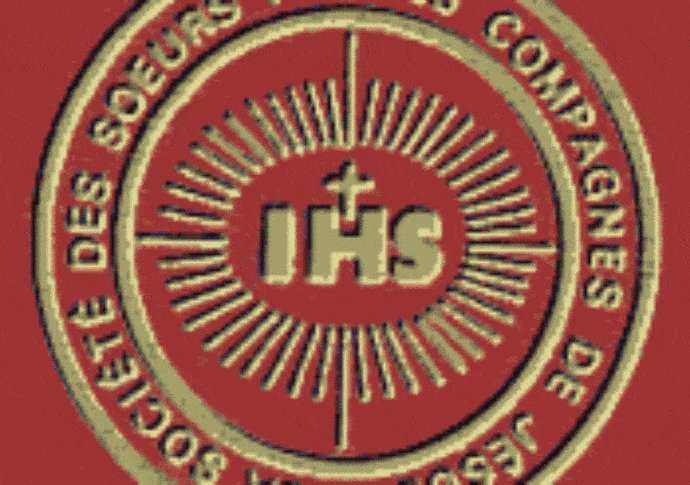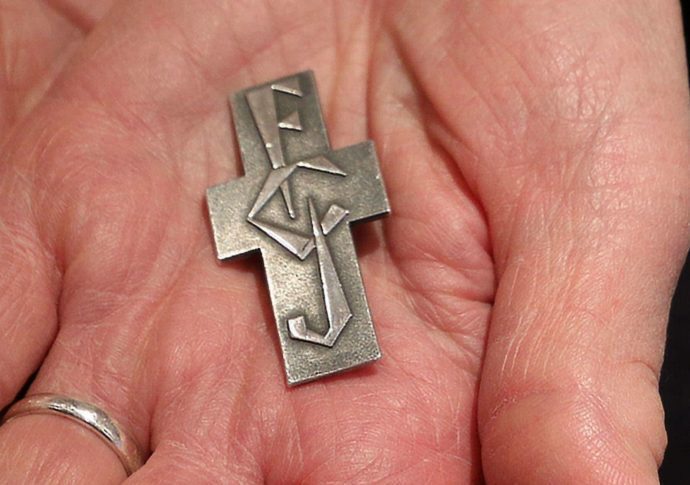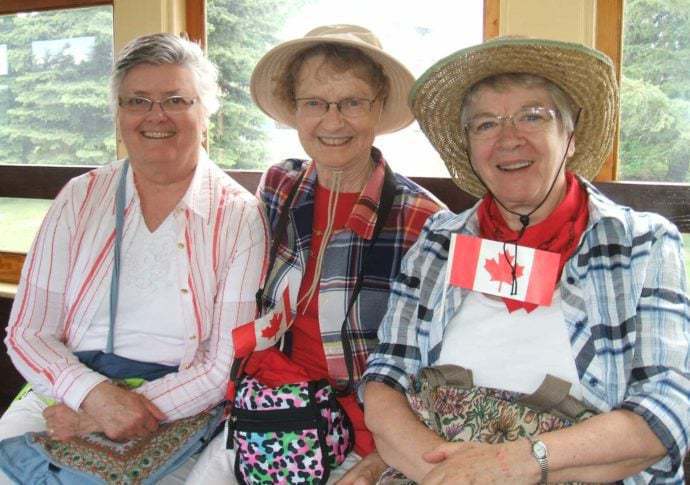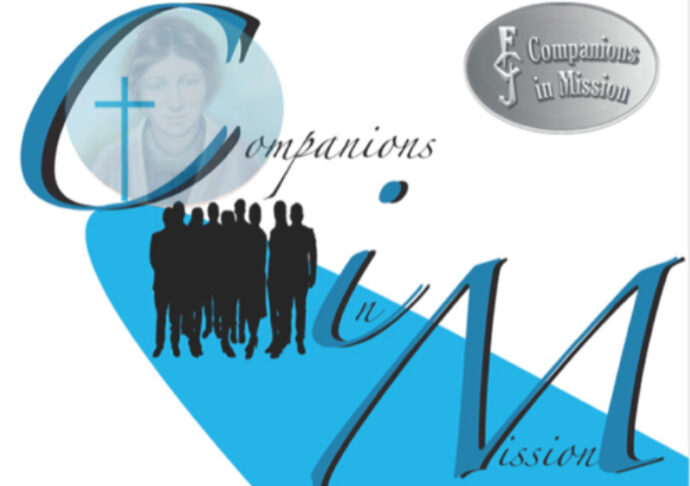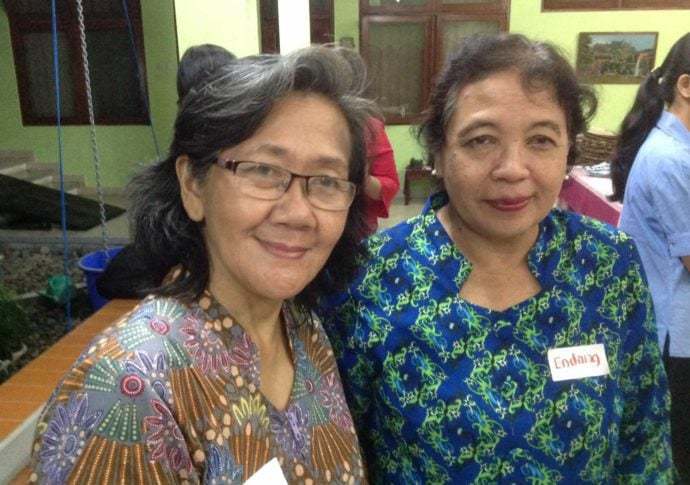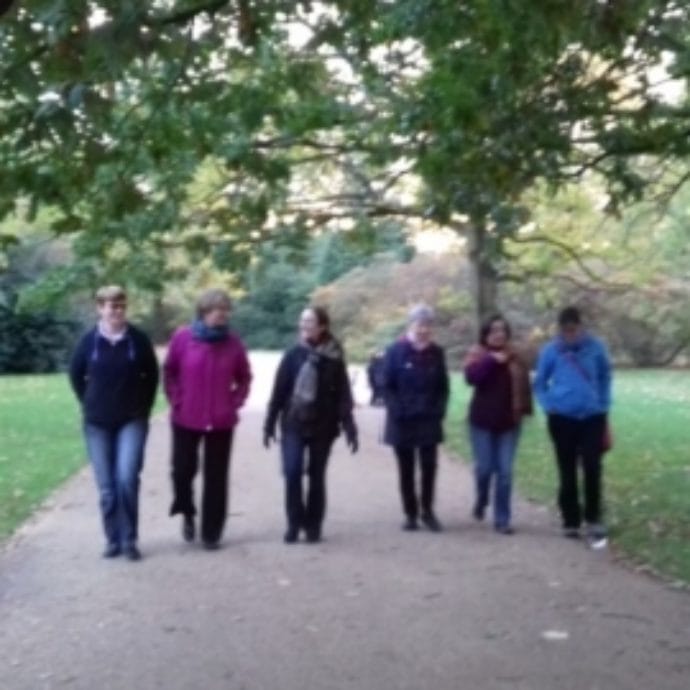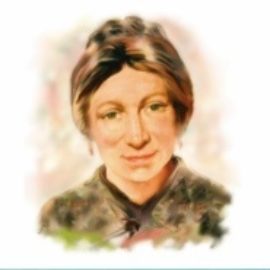The calling of our Foundress, Marie Madeleine d’Houët, is captured in the beautiful name she chose for her congregation: Faithful Companions of Jesus.
Not long before the foundation of the Society, she had said:
My name is Magdalen; I will follow my patron saint who so loved Jesus, her good Master, as to accompany him in his journeys and labours, ministering to him even at the foot of the Cross with the other holy women who did not, like the apostles, abandon him but proved to be his faithful companions.
These words are echoed in the FCJ Constitutions:
The Father calls us
to follow his Son in faithfulness,
to stand at the foot of the cross
with Mary and the holy women,
there, as Faithful Companions of Jesus,
to be one with him in his thirst
for the coming of the kingdom.
Marie Madeleine d’Houët was born on 21 September 1781 in the small town of Chȃteauroux , in the province of Berry, 250 kilometres south of Paris. She was the second of five children, the oldest of whom died at the age of two, when Marie Madeleine was one year old. All four children passed their early years during the period of the revolutionary movement in France – which had begun in 1787, reached a climax in the terrifying events of 1789 and lasted at least until 1799 – and in the shadow of its aftermath.
Following the Revolution of 1789, secularité (secularism) was a key concept of the Constitution of the new Republic of France. As a result, the Catholic Church was held in public contempt, and a wave of bitter anti-clericalism swept the country. Thousands of priests, religious and lay people were executed, and religious orders were suppressed. All over France, convents and monasteries were ransacked, and religious who escaped with their lives were forced to revert to secular life and dress.
By the end of the eighteenth century, the political scene was becoming more stable, and in 1801, religious harmony was outwardly restored by the signing of a Concordat between Napoleon and Pope Pius VII. New forms of religious life began to develop.
In 1802, Marie Madeleine married Antoine Joseph de Bonnault d’Houët in Bourges cathedral. They set up their home in that city, and their mutual love and respect, together with a remarkable compatibility of temperament, appears to have provided a firm basis for an ideally happy marriage. The young couple, eager to share their worldly goods with the needy, were lavish in their alms to the poor and constantly visited the destitute sick in the city hospital. In July 1805, the marriage came to an untimely end with the death of Joseph, who contracted typhoid during his visits to the poor and the sick. Marie Madeleine was pregnant by this time, and Eugène, her son, was born that September.
Read more about Marie Madeleine, her life, the cause for her canonisation, her shrine in St Dominic church in Paris, or make a pilgrimage to places significant to her story. More resources, including resources for schools, are available in our Resources page.



